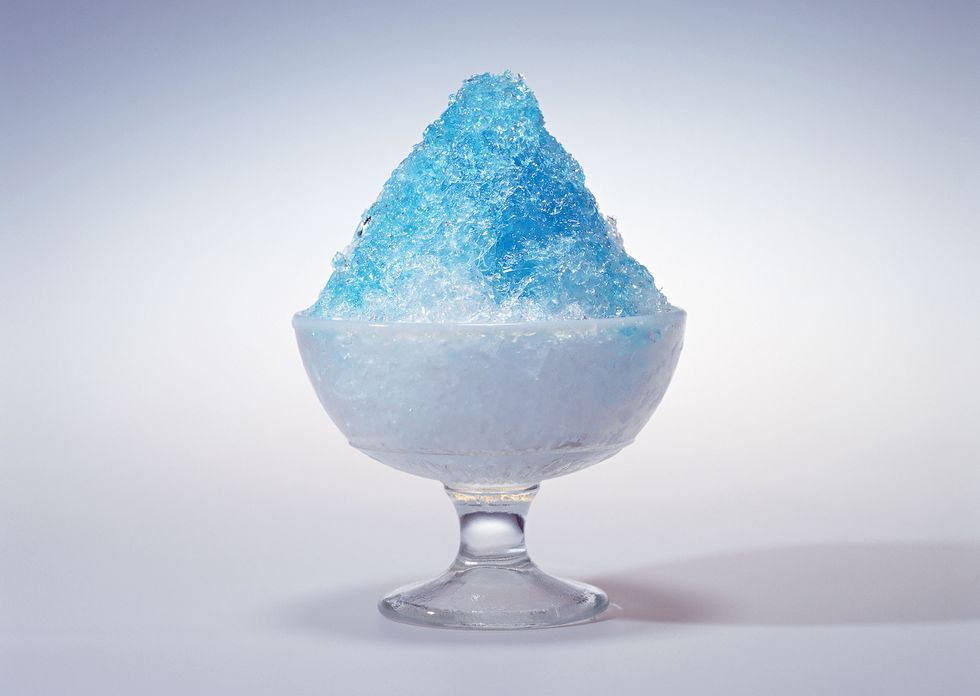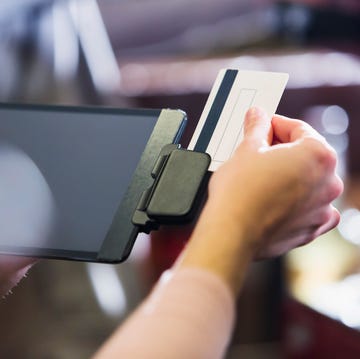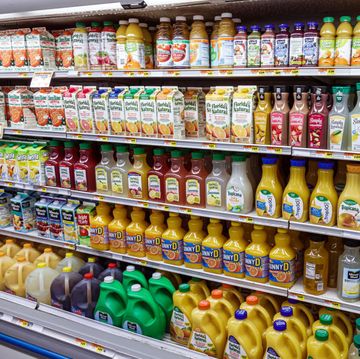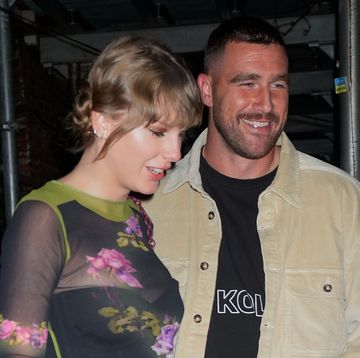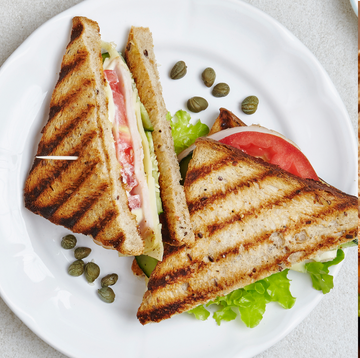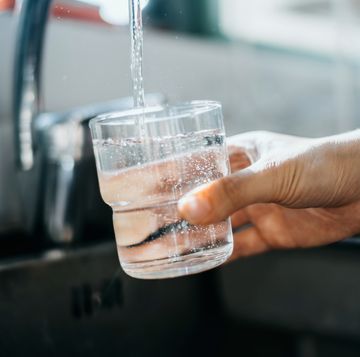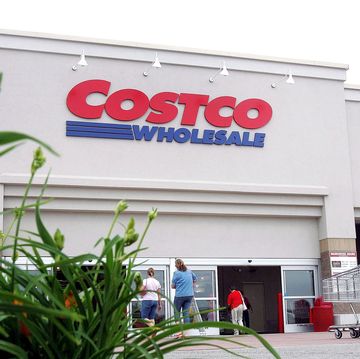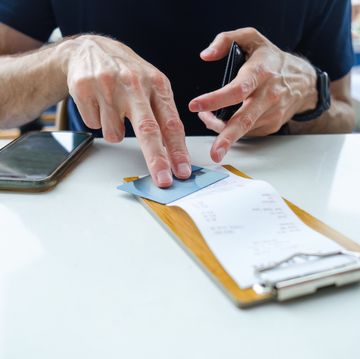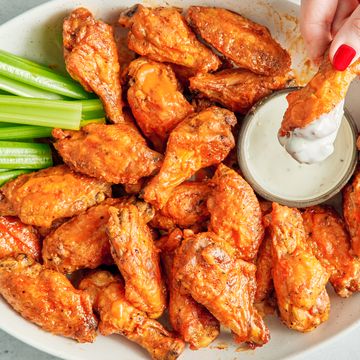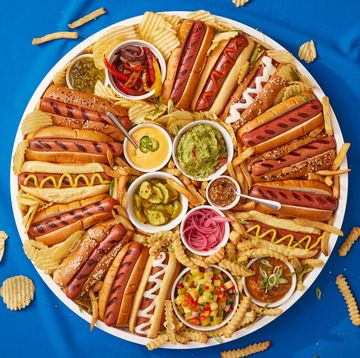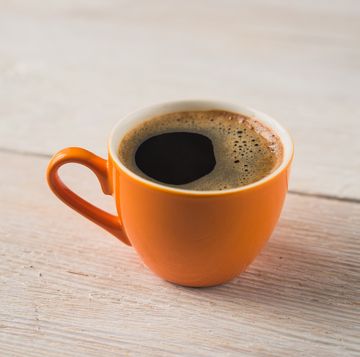If you’ve ever had a snow cone or spent any time on WaterTok, you know that flavored syrups can get pretty creative. We’ve come to accept syrup flavors like tutti frutti, egg custard, and whatever the heck tiger’s blood is. But few flavors have reached icon status like blue raspberry.
Americans drink around 132 million 16-ounce blue raspberry Icees annually. Hawaiian Shaved Ice reports that blue raspberry is their third-most-popular flavor of all time. The blue color can also be seen in Jolly Ranchers, energy drinks, and Kool-Aid. It’s safe to say that blue raspberry is one of the nation’s most beloved dessert flavors—but what the heck is it actually supposed to taste like?
7-Eleven playfully notes that their Slurpee flavor is “extracted from the vibrant blue raspberry bushes on the secret island of Razzmus.” We're sorry to be the bearers of bad news, but there are no neon blue berry bushes out in the wild. However, the flavor does have an interesting origin story. We’re breaking down the history of blue raspberry, including the special fruit that actually inspired the sweet blue syrup.
Why Was Blue Raspberry Invented In The First Place?
It all boils down to the color red. Some of most popular flavors of the 20th century were cherry, strawberry, watermelon and raspberry, which are all essentially the same shade of red. So, to distinguish the different varieties, raspberry frozen treats got their hue with a dye called amaranth, also known as Red No. 2.
This deep wine-tinted red color was used for decades, until an FDA study in the 1970s revealed that it wasn’t safe for consumption. In high doses, the dye was found to cause malignant tumors in rats. And you'd be hard pressed to find a food product in the 1970s that didn't have it. The New York Times reported in 1976 that the dye was used in roughly $10 billion of food annually. As a result of the study, Red No. 2 was banned in the United States.
Around the same time, brands like ICEE were experimenting with ideas to make the color contrast between flavors more apparent for the average consumer. And what better way to avoid confusion than to go to the opposite end of the color wheel? Enter Blue No. 1: a synthetically-derived vibrant blue dye that was first approved by the FDA in the early 20th century. And as fears surrounding Red No. 2 continued to mount, using blue dye helped to assuage concerned customers.
Are Blue Raspberries Real?
The short answer: sort of. The synthetic blue raspberry flavor we know and love is actually modeled after raspberries—just not the ones you see in the produce section. Instead, it’s inspired by Rubus leucodermis, a variety native to the western United States. It’s also known as a blackcap, or white bark raspberry.
But it’s not really black, white, or even blue, for that matter. These raspberries are naturally a deep purple color that’s closer to the shade of a blackberry. But to avoid confusion with grape-flavored products (which have to be purple; we don’t make the rules), this flavor gets boosted by Blue No. 1.
How Does Blue Raspberry Taste Different From Raspberry?
The color may be the major factor that distinguishes blue raspberry from red raspberry-flavored foods, but there are subtle notes specific to the beloved blue version. Blue raspberry tends to be more tart in flavor than its red counterpart, with some comparing it to the flavors of pineapple or citrus.
But it’s important to note that every brand mixes their own proprietary recipes, so the degree of sourness may vary depending on which snow cone stand you visit.

